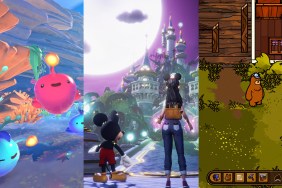This town should really have built itself. Seriously, what do the townspeople do all day?
Even after playing a One Piece game before, I have no idea who all these crazy characters are. So jumping into Unlimited World Red was a bit like jumping into the middle of any other animé with fifty main and secondary characters: confusing. But thankfully, the story is pretty well (and directly) told in the game, so I don’t feel like I need to know every backstory and character flaw of every mega-exaggerated protagonist and antagonist. This is good, because there are too damn many of them. They do look good, I’ll give them that, in their “weirdly-shaped head and body” sort of animé styling.
Here, the story is boiled down to a few basic ideas: save your friends, follow and beat the crap out of the main bad guy, build the port town you’ve parked your ship into, take on quests, and enjoy some scattered mini-games. And take on any of them in pretty much any order you like. They really went for the “unlimited” in their title and have added a wide variety of missions to choose from… in that they’re either fighting a number of baddies, fighting a single boss baddie, or collecting something. It’s a bit limited that way, but there isn’t too much more than can be done with an adventure-brawling game like this one.
And that’s the just main game, not to be confused with the Colosseum. The Colosseum is secondary to the main story mode and doesn’t have to be played at all to get through the main game, but defeating certain challenges does open additional quests in the main game, which extends an already surprisingly dense experience ever further. It’s not as robust, but it is an easy way to unlock even more to enjoy in the story mode.
Fights are the bread and butter of Unlimited World Red, and these are better than in other games I’ve come across. Sure, a lot of the bad guys look the same save for their color swaps, but as a whole they tend to stick to a specific area; swordsmen are different depending on the environment, so there is a lot of regional variance. It may not sound like much, but seeing the same face over and over again can make a person want to punch themselves (as I desired in my last review of a One Piece game). Here, taking out the digital trash is done Dynasty Warriors style, active battles of sometimes twenty or so at a time that need a lot of the square button to remove from the battlefield.
The attacks are your disposal vary from character to character—most deal out damage, but a few work their support muscles—and offer a wide range as you can play as multiple characters at any point. Most missions and quests allow for up to two allies to go into battle with you, and pressing Select will swap from one to another. It’s a super-easy mechanic to change tactics if one simply doesn’t work. And with completely unique range, styles, and mechanics, switching at the right (or even the wrong) time will bring about a change in how you decide to battle.
It’s essentially like a round of Marvel vs. Capcom 2, with a smaller roster and that “gimmie” easy, just a two-button combination—R1 and square—and you’re done. It’s a minor way to do some damage to a boss or thin the herd of faceless drones, and it does break up some of the button-mashing, but most of the time they don’t even feel necessary. But for a younger or more inexperienced crowd of gamers, this works perfectly well, aside from the unintuitive item selection.
Meanwhile, in the “home base” town of… Transtown… there isn’t any action. There isn’t even any real building, which is what needs to be done to flesh out all of the options within the town. Opening up restaurants, general stores, and even a pharmacy involves little more than fetch quests and selecting “Expand” from a menu given in the Inn. Sure, they’re only there to give you a way of spending the (almost) useless money you pick up through the chapters and quests, but it really makes the whole town feel incredibly lame. When many of the buildings look similar and the map has to be opened every minute or so to make sure you haven’t soared well past the desired destination, let’s agree and say an option to either directly transport or just scrap the idea altogether for a more “traditional” approach may be preferable.
For fans of the animé and manga, the actual story of these characters will surely pop out with little references that come along with their personalities, but thankfully anyone checking it out for the first time can enjoy the experience as well. Each character is well-animated in his or her unique style, really popping on the screen like a bunch of pastel pixies, with some of the smoothest animation I’ve seen with an anime-themed game (especially when a large number of unique figures on screen at one time). The full voice acting—only in Japanese—is a nice touch, and even the music doesn’t entirely suck. Personality in this genre goes a long way, and Unlimited World Red has got it in spades.
For what it is, One Piece: Unlimited World Red is a solid game. Really, you could probably tell I didn’t really slag it off too much, and that’s because there’s not too much to slag off. It looks pretty damn nice, the gameplay is workable (though I could’ve used a more obvious primer on using items, that was annoying), the town is easy to get lost in but it’s not a deal breaker… yeah, it’s not a terrible animé game. I guess when I'm offered these games, I shouldn’t groan and sigh as much as I used to. I’ve learned my lesson.
Copy provided by publisher. Review based on PS3 version. Also available on 3DS, PSVita, and WiiU.
-
World and characters look great
-
Gameplay is primitive, but works
-
It’s not just a crappy Dynasty Warriors! Huzzah!
-
Colosseum mode good for short bursts and unlocks
-
Swapping between characters is fun and easy
-
Yay for full voice acting!
-
The town is a throwaway gimmick
One Piece: Unlimited World Red
-
One Piece: Unlimited World Red #1
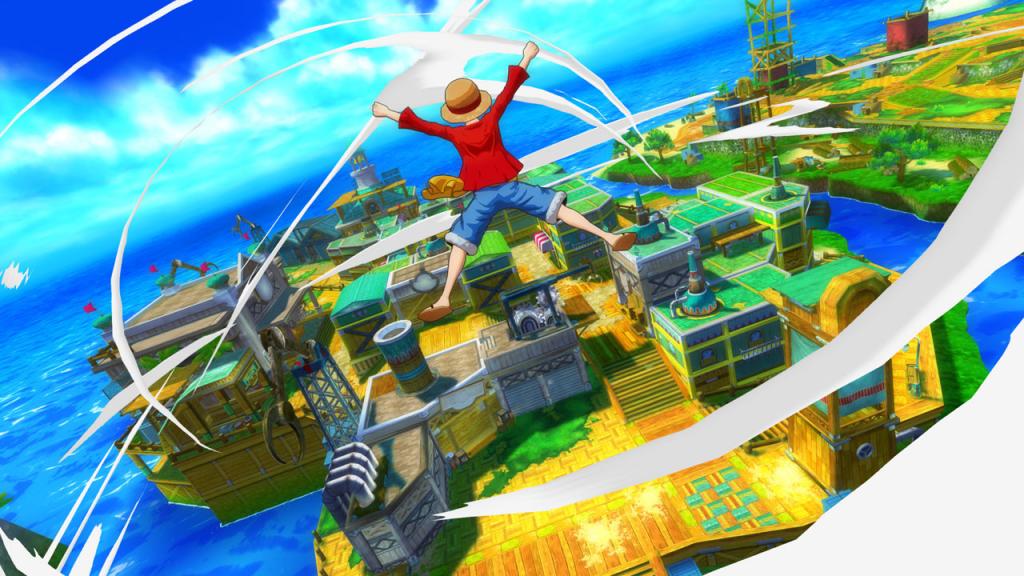 (Click to view full image)rn
(Click to view full image)rn -
One Piece: Unlimited World Red #2
 (Click to view full image)rn
(Click to view full image)rn -
One Piece: Unlimited World Red #3
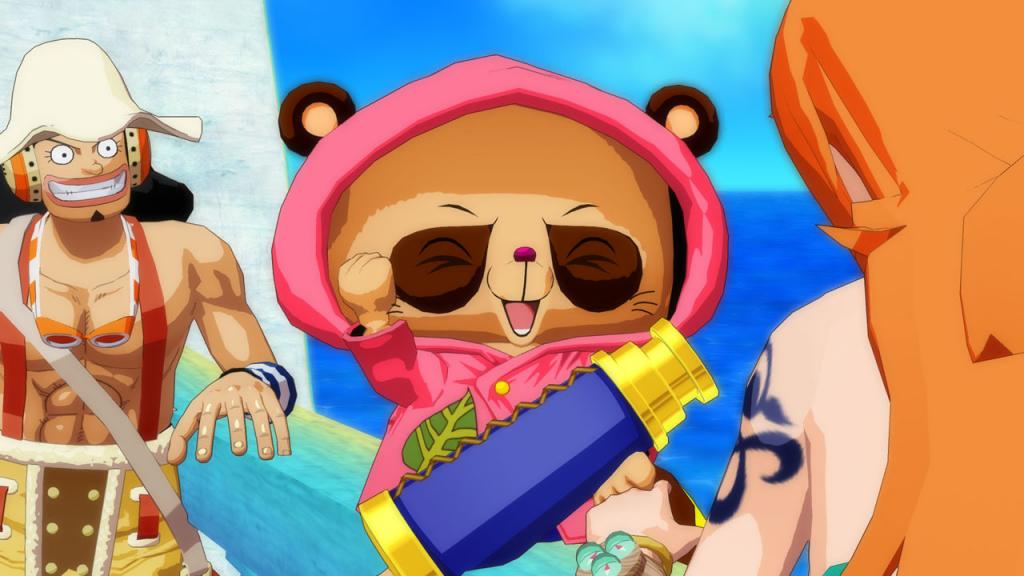 (Click to view full image)rn
(Click to view full image)rn -
One Piece: Unlimited World Red #4
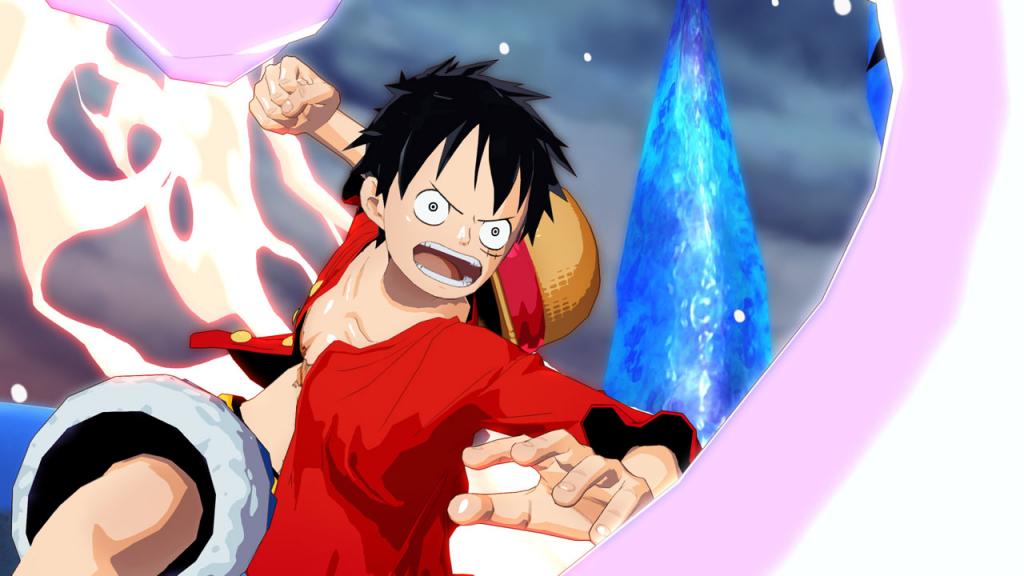 (Click to view full image)rn
(Click to view full image)rn -
One Piece: Unlimited World Red #5
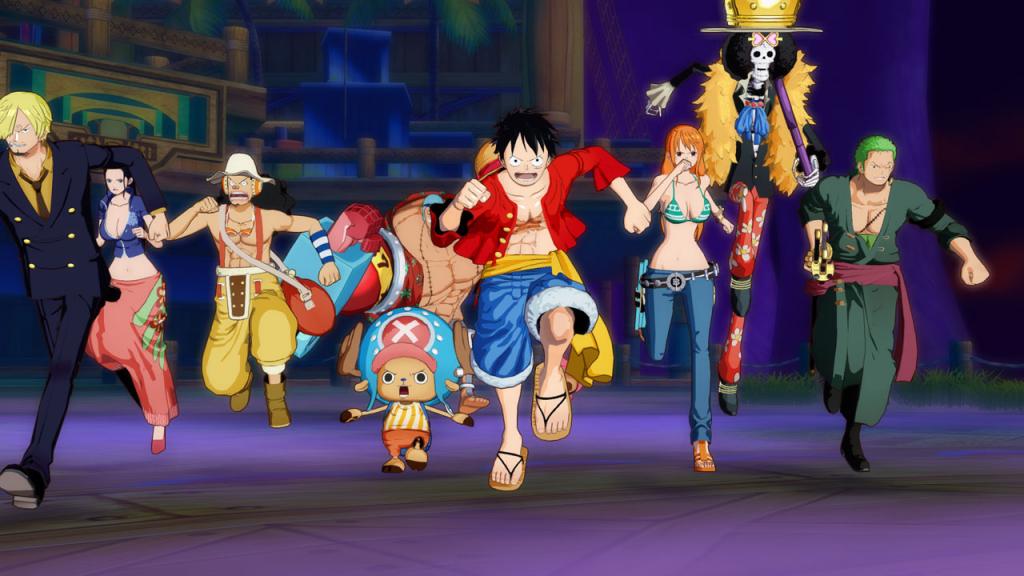 (Click to view full image)rn
(Click to view full image)rn









